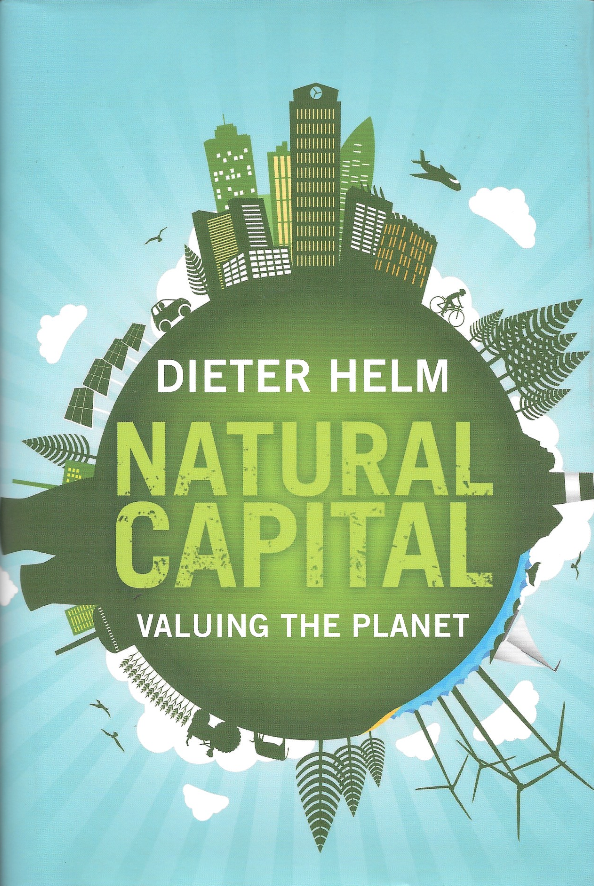The one sentence summary
Sustainable growth is achievable if we apply the rule that the aggregate level of natural capital should not decline.
WHAT THE BOOK SAYS

- This book introduces the concept of Natural Capital as pretty much the only way businesses can quantify their environmental impact.
- Natural capital is many types of asset. It is not produced by mankind. Nature gives it to us for free. Non-renewables such as oil and gas can only be used once, whereas renewables such as air, water, and fish stocks will continue, so long as we do not over pollute or drive a species to extinction by crossing its survival threshold. Together, they are the foundation that ensures our survival and wellbeing, and the basis of all economic activity.
- Once nature is viewed as a set of assets it can be valued in economic calculations, so we need to think economically about nature. Only by putting the environment at the heart of the economy can there be any hope of addressing the scale of destruction. Economic growth does not have to be abandoned to improve the state of natural capital. It just has to be sustainable economic growth, not the sort currently widely promoted.
- It is perfectly possible to account for, measure and value these resources, and generate sustainable growth by sticking to one rule: the aggregate level of natural capital should not decline.
- The weak aggregate natural capital rule: the aggregate level of natural capital should be kept at least constant, and there should be general capital compensation for the depletion of non-renewables.
- The strong aggregate natural capital rule: the aggregate level of renewable natural capital should be kept at least constant and the value of the economic rents from the depletion of non-renewable natural capital should be invested in renewable natural capital.
- Compensation is at the heart of the philosophy: businesses need to pay compensation for the damage they cause, pollution should be taxed, and the commons (common assets such as air and water) need to be protected effectively. This compensation must provide enough money to ensure that total natural assets do not deteriorate. It should therefore be self-financing.
WHAT’S GOOD ABOUT IT
- The book addresses some major questions: what would a sustainable economy look like, how can natural capital be accounted for, measured and valued, what policies would be required to achieve this, and how can large-scale restoration plans be designed, managed and financed?
- Assuming that consumption remains at about the same proportion of income, by 2030 the world will be consuming twice what it does now.
- GDP is universally used as an economic measure, but it is not a measure of sustainable growth, and it does not tell us if the aggregate capital rule is being met.
- Risk registers should be kept to monitor resources.
- Hypothecation is earmarking income for certain projects and expenditures, but it is difficult to decide which assets should receive what support.
WHAT YOU HAVE TO WATCH
- Not much. It is well-written but some may find it almost too comprehensive and somewhat technical in places.
